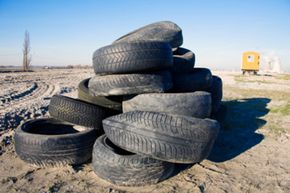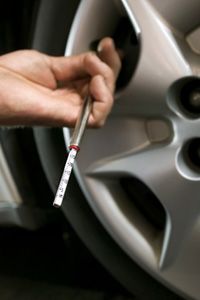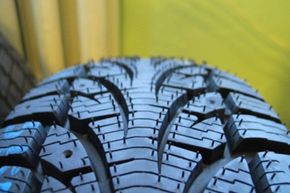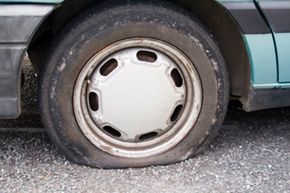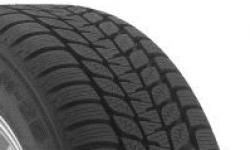There are millions of passenger vehicles on the road today -- everything from tiny commuter cars to massive pick-up trucks. No matter what they look like or how they're used, they all have a couple of basic things in common: an engine to provide the power and tires to ride on.
There are many different kinds of tires, too, from fuel-efficient small tires to big 24-inchers with flashy rims. They can be plain and inexpensive or elaborate and spendy. But even the cheapest tires can add up pretty quickly if you have to replace all four at one time.
Advertisement
There are ways to protect your tire investment, wherever you fall on the scale. Improving your driving habits comes first. Fast turns, fast starts and fast stops all cause more tire wear, as does speeding, which heats the rubber and causes faster breakdown. And of course, the obvious: avoid obstacles like curbs, potholes, logs and rocks. Even if these don't puncture a tire, constant scraping against a cement curb or slamming into potholes can wear down the rubber. It'll give out eventually -- probably sooner rather than later.
A visual inspection can turn up tread wear, scrapes, bulges and the like, which would mean it's time for a new tire. Also, noises, pulling, or vibration while driving can sometimes mean the tires need to be replaced, too.
To get the most miles out of your tires -- and minimize those noises and vibrations -- keep an eye on air pressure, alignment, and rotation. Up next, we'll take a look at these fairly simple measures for making tires last longer.
Advertisement
